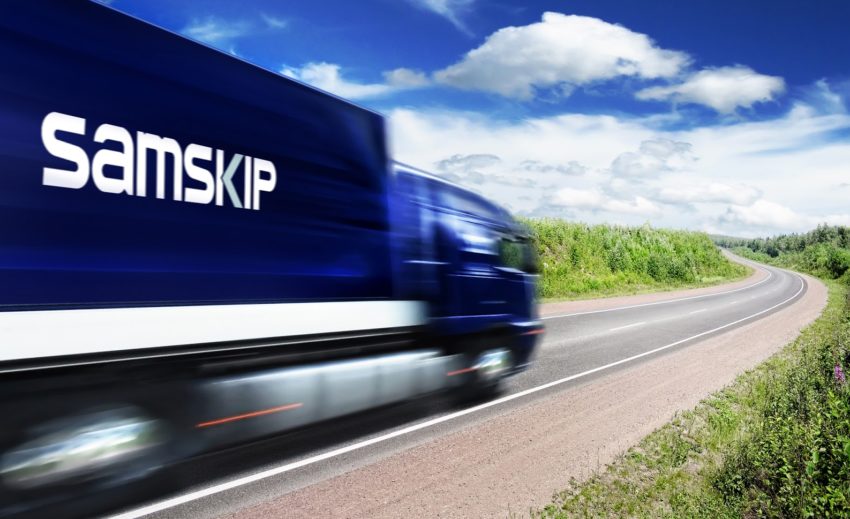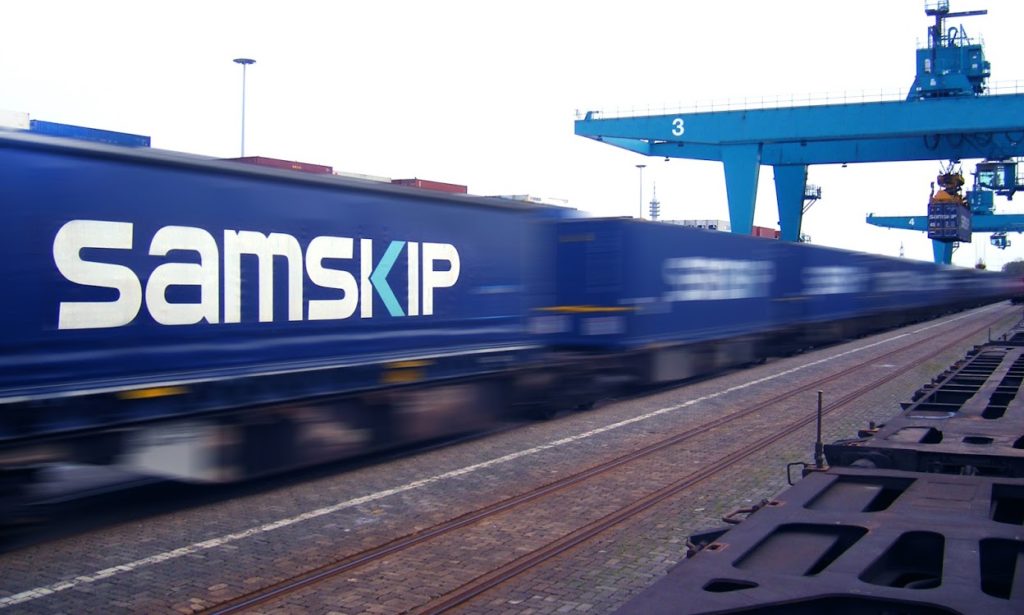Samskip ramps up presence in Central Eastern Europe

Poland’s contribution to the unit loads Samskip moves by ship, train, road and barge is critical to its growth strategy for Central and Eastern Europe in 2021, as new overland links into Dutch ports prove compelling for shippers
Multimodal operator Samskip has identified Polish unitised traffic as a key component for growing its container load business in 2021. Five years after establishing offices in Gdansk, the shortsea, barge, rail, truck and terminal operator is working closely with shippers growing its services through Dutch ports to and from the UK, Ireland, Iberia and Norway, but also as a springboard further south, for the Czech Republic, Slovakia and Hungary, and east to Russia.
In addition to building traffic through its direct and daily established Poland-Rotterdam multimodal services connecting with Poznan, Gliwice, Wroclaw and Kutno, in August Samskip and Nunner Logistics launched direct rail services between Samskip’s Duisburg Rail Terminal and TMA Terminal Amsterdam. “The launch of this rail connection gives opportunities to link with other rail connections throughout Europe and Central Eastern Europe, further enhancing our multimodal product for our customers,” says Gerard de Witt, Samskip Corridor Manager IT, DE and CEE.
Modal shift
“We have already been seeing a modal shift towards 45ft length containers in Poland over recent months,” says De Witt. “Partly as a result of Brexit, shippers are looking for more robust and reliable services. High Samskip service frequency into the Rotterdam Shortsea Terminal has also been especially effective in developing volumes to and from the Czech Republic, Slovakia and Hungary. Reliable and high frequency, as well as service level advantages offer an interesting proposition for Polish and Central European traffic.”

“Based on our discussions with shippers, more and more of them are keen to use multimodal, especially in the UK and Ireland trades because they are concerned about volatility, the availability of road transport and customs queues for trucks post-Brexit,” says Filip Chajecki, Samskip Managing Director for Poland. “Shippers of some goods expect higher product prices for the consumer, so they are more cost conscious on logistics. Apart from the costs side, Samskip can help by bringing in a new approach to executing logistics flows. It requires more planning, but pays off.”
The fact that getting traffic off Europe’s congested road network brings substantial net CO2 emissions savings for routes as extended as the Poland-UK trade represents more than a marketing plus, he adds.
Post-Brexit cross-dock conversion
The availability of secure, covered facilities at TMA Amsterdam for cross-docking services represents a separate attraction that has also been quickly gaining traction: cross-dock traffic in the first three quarters of 2020 has matched the whole of 2019. Transferring loads to containers avoids the risk of sending trucks into the administrative unknowns associated with a post-Brexit world, Chajecki says.
The cross-docking option creates new opportunities for multimodal transport, says De Witt, while also freeing up trailer capacity in the port area to offer competitive quotes for available loads. “Greater cooperation is a win-win scenario for multimodal and road haulers.”
“Samskip is also very happy if the customer wants to use its own road haulier into Amsterdam and to take responsibility for cross-docking the cargo and on-shipment,” adds Chajecki. “We are developing part of our online portal to take care of post-Brexit documentation and have invested in a dedicated customs team to help us to navigate through a potentially choppy period in early 2021.
“Comments from Polish shippers are positive on the addition of cross-docking in Amsterdam and on our ability to offer customs documentation work as a one stop shop. They are also very interested in having a choice between what are effectively two products: the first is a fast service with a slightly longer transit time than a typical trailer moving cargo A-B; the second is our typical multimodal product, which takes a bit longer but is more cost effective.”
